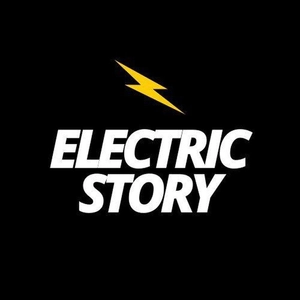The recent price cuts on OLA electric scooters have sparked renewed interest in sustainable transportation. However, a crucial element for widespread EV adoption remains: charging infrastructure. Let's delve into the current state of OLA's charging network and explore potential solutions to address accessibility concerns.
The Current Landscape:
OLA boasts its proprietary Hypercharger network, offering fast-charging stations across India. These stations promise rapid charging, significantly reducing charging time compared to traditional methods. While this is a positive step, the limited availability, particularly outside major cities, presents a significant challenge.
Challenges and Concerns:
- Limited geographical reach: The current concentration of Hyperchargers in urban areas leaves potential buyers in smaller towns and rural regions with limited charging options. This creates range anxiety, hindering the practicality of electric vehicles for long-distance travel or those lacking access to convenient charging facilities.
- Reliance on proprietary network: Dependence solely on the OLA Hypercharger network restricts user choices and limits flexibility. This can be inconvenient for users who may not always have access to an OLA station, especially during long journeys or in unfamiliar areas.
Potential Solutions and the Road Ahead:
- Collaboration and Expansion: OLA can collaborate with existing charging networks and public authorities to expand the reach of charging infrastructure. This would involve establishing charging stations in strategic locations like highways, parking lots, and residential areas, ensuring wider accessibility.
- Standardization and Interoperability: OLA could advocate for standardized charging protocols across the industry. This would allow users to seamlessly charge their vehicles at any compatible station, regardless of the network provider, fostering greater convenience and flexibility.
- Alternative Charging Options: Exploring partnerships with home charging solution providers can empower users to set up charging stations in their residences, offering a convenient and reliable charging option for everyday use.
Conclusion:
While OLA's initial steps towards building a charging network are commendable, addressing the limitations and fostering collaboration are crucial for long-term success. By expanding accessibility, promoting interoperability, and exploring diverse charging solutions, OLA can pave the way for a truly sustainable and convenient electric mobility experience for all.


